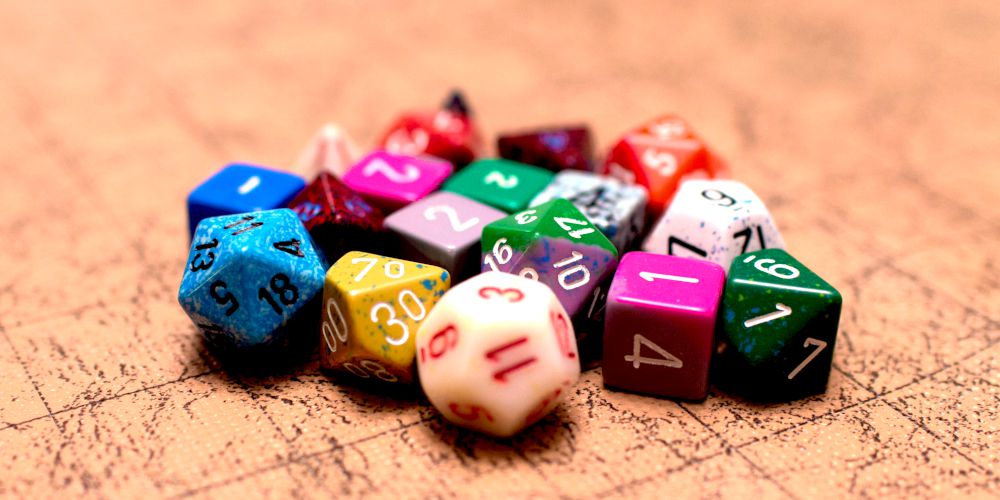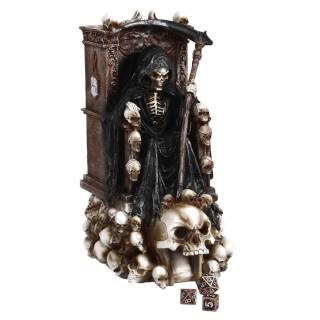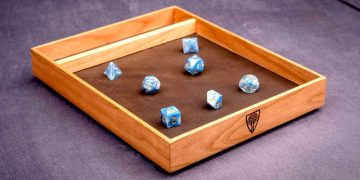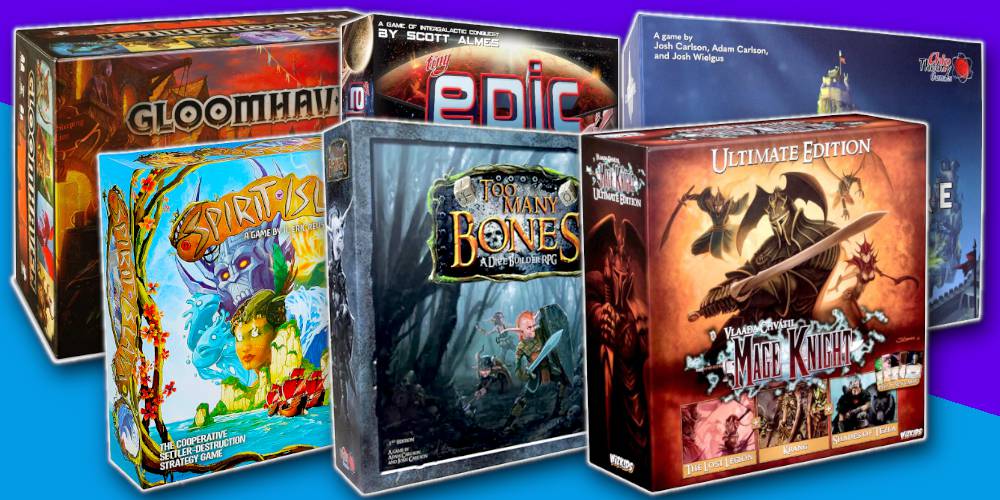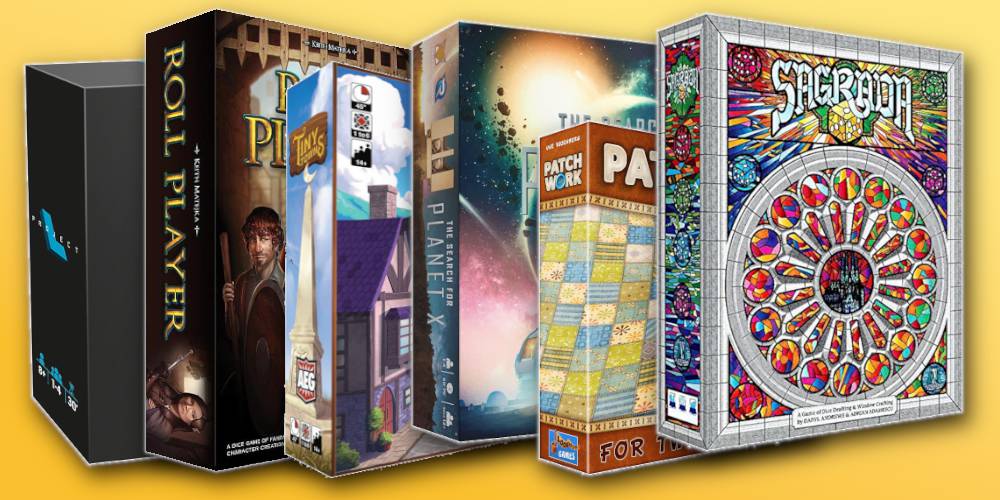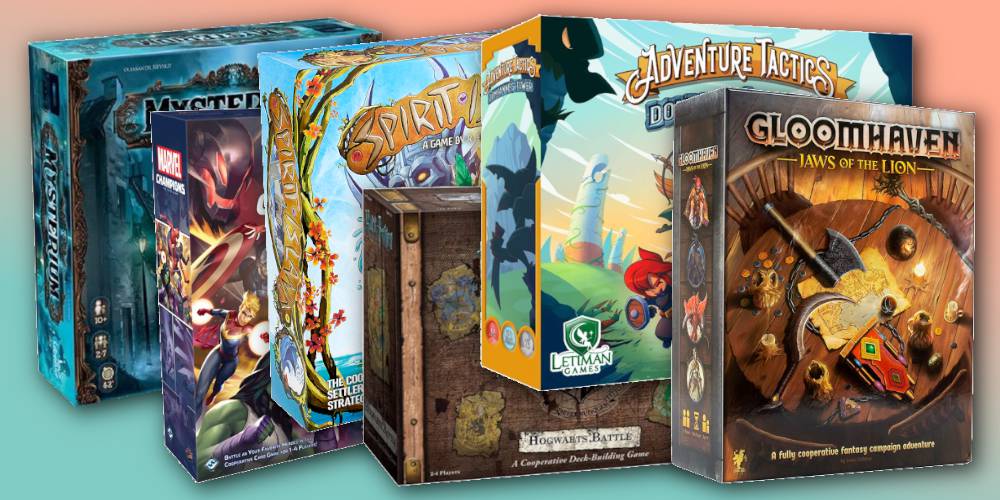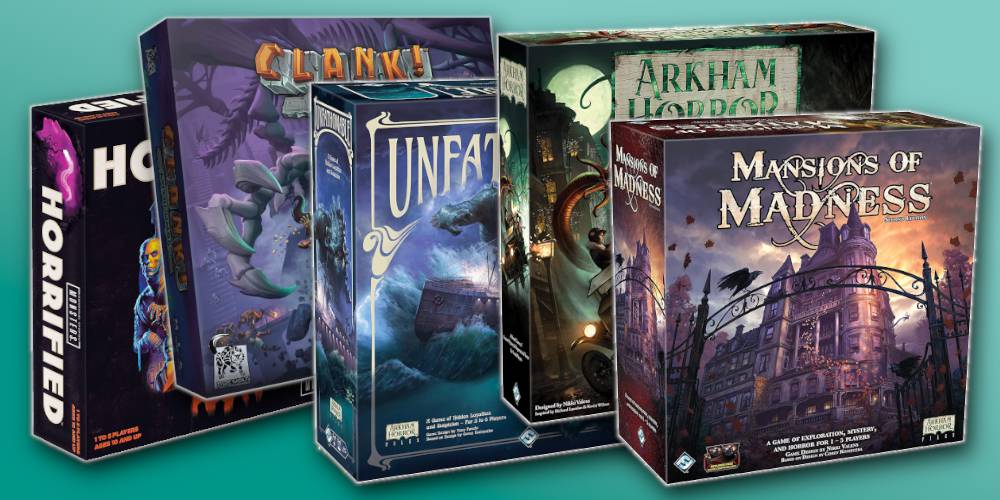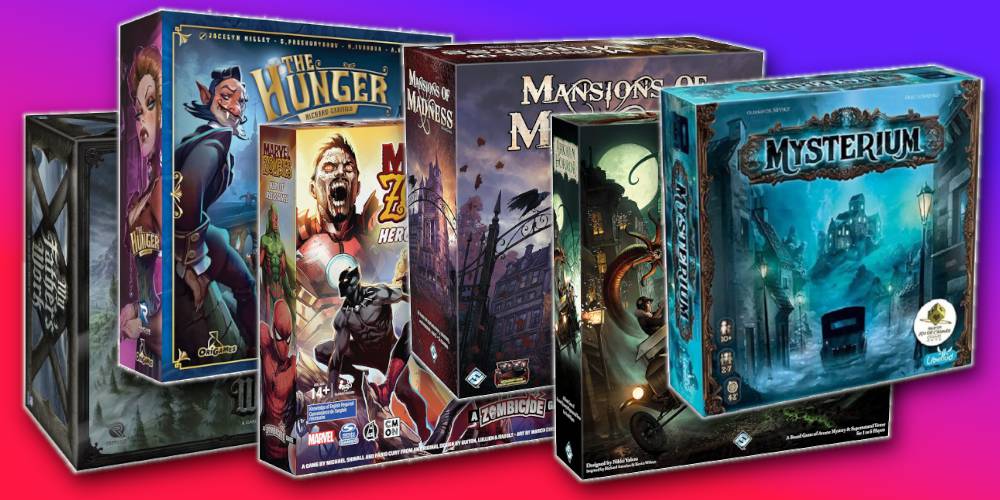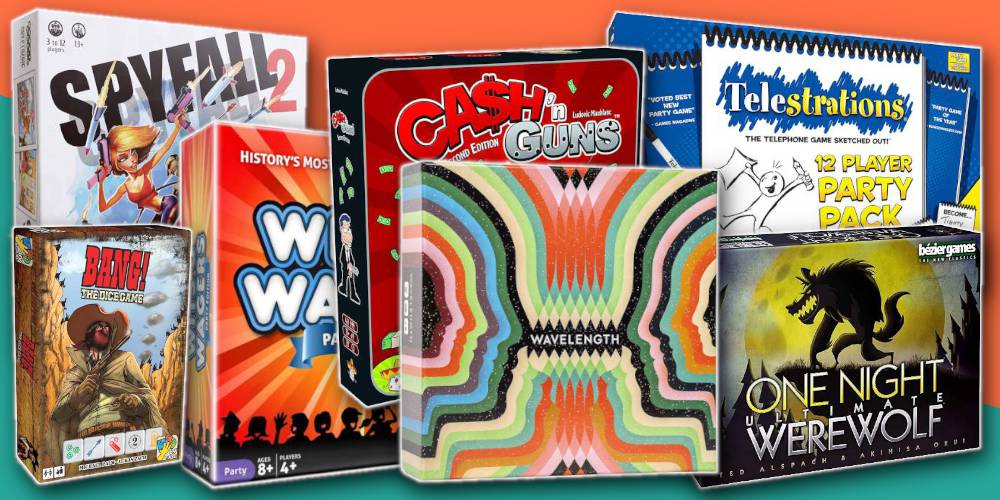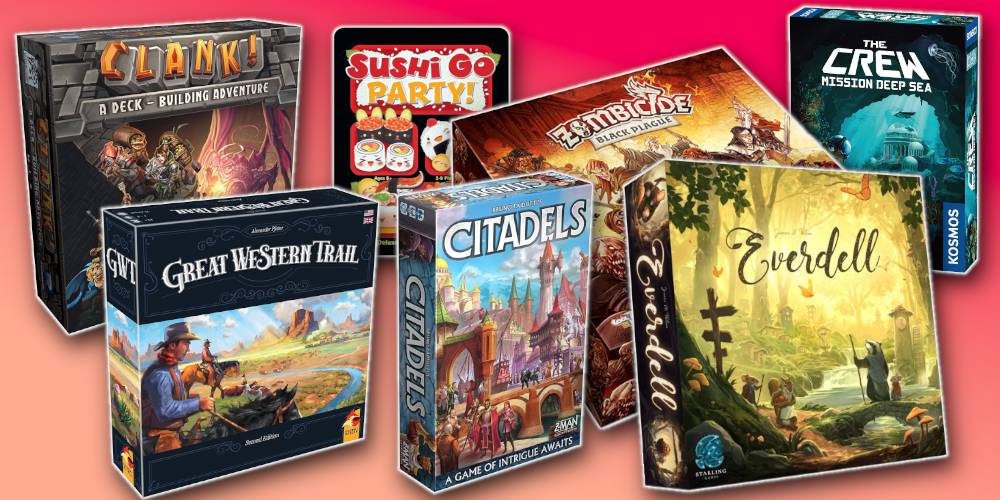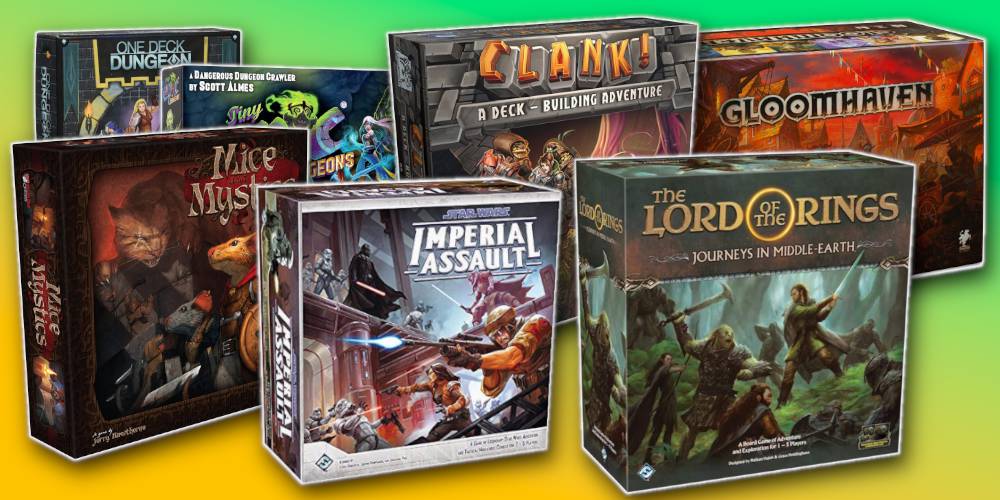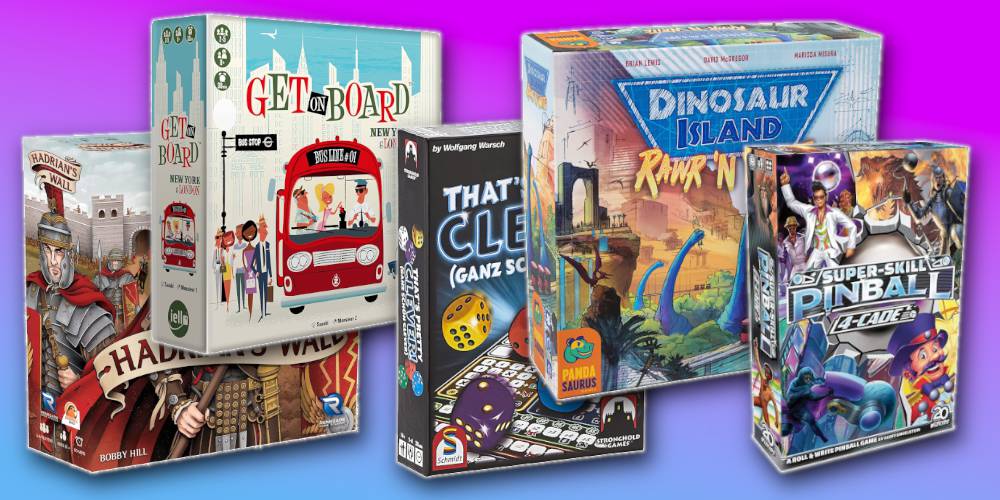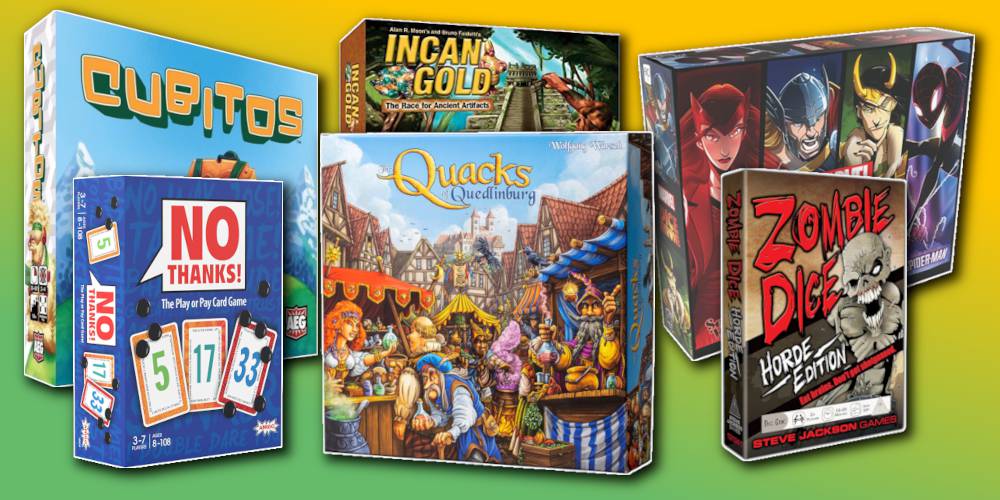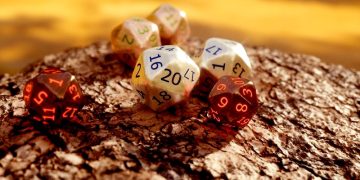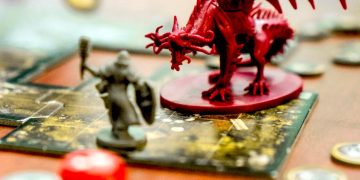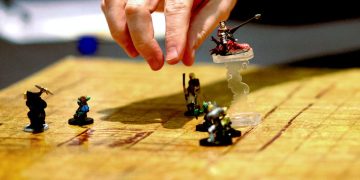Standard Array
First, let’s talk about the least exciting method of creating a D&D character: standard array. With this method, there’s not a lot of flexibility as you get certain numbers that can be spread across the six different stats.
You get a 15, 14, 13, 12, 10, and 8 to work with, and everyone in the group gets those numbers. You choose which stat gets what number, but otherwise, there’s not a lot of room for creativity.
Pros
Cons
Point Buy
Point buy is basically a modified version of the standard array method. Instead of getting six specific numbers to use, you get a certain amount of points that you can spend on your stats.
It’s a lot like building a character in a role-playing video game. You get a total of 27 total points to spend across all six stats; the highest can’t be above 15, the lowest can’t be below 8.
This means you’ll fall within the same range of stats a standard array, but you can have two eights and two 15s, for example.
Pros
Cons
Related:What type of D&D player are you?
Rolling Dice
The final method for making a character is by rolling the dice and letting fate decide how powerful you are. A popular method is to roll four D6 dice and drop the lowest.
For example, you could roll a 6, 4, 2, and 1. You’d drop the one and have a 12 for that stat. You could also roll a 2, 2, 1, and 1, and be stuck with a 5 for a stat.
Obviously, this is a fun method to determine your character’s stats, as you get to sit around the table and roll for them. It makes character building a part of the game, rather than something done with a simple formula.
And if your stats really suck, you can role-play that as you go through the game (or a nice DM might let you re-roll).
Pros
Cons
Related:The best dice rolling trays
As Always, Have Fun With D&D
A huge part of having fun with D&D is making a character. The stats are an important part of that process from a gameplay perspective, but don’t forget to put some time and effort into developing a backstory for your character!
It’ll make the game a whole lot more fun for you and everyone else at the table. The game is balanced very well, so even characters with low stats can still play a pivotal role. Plus, catastrophic failures make for great stories!
Read next:Common D&D Newbie Mistakes: Things You Shouldn’t Do



![]()
